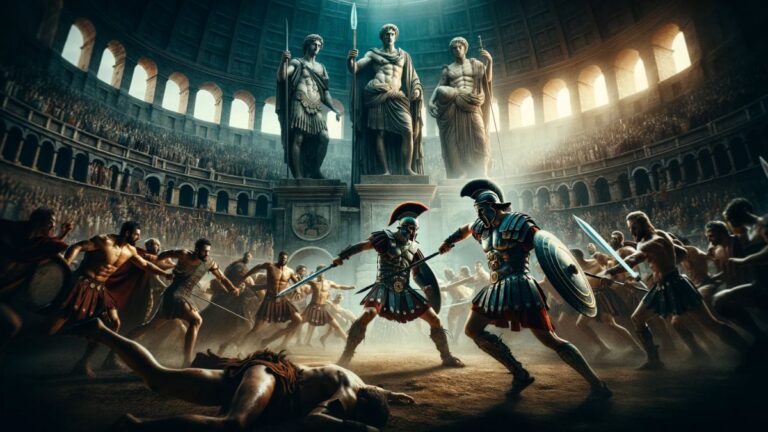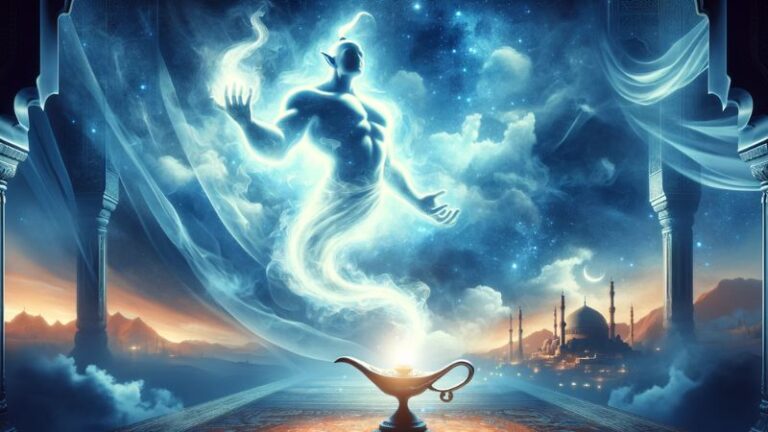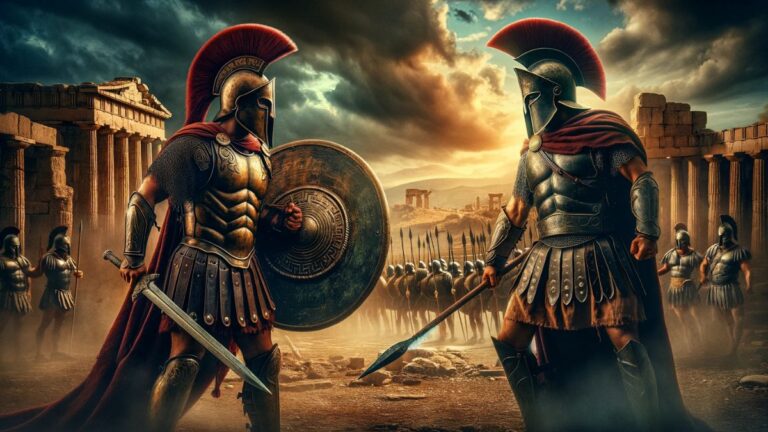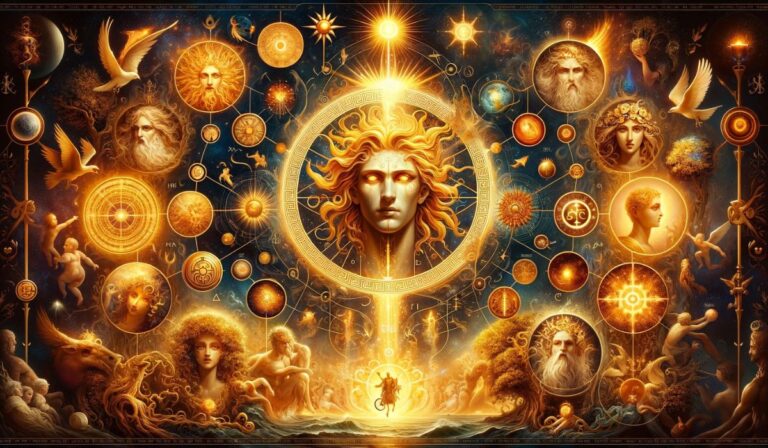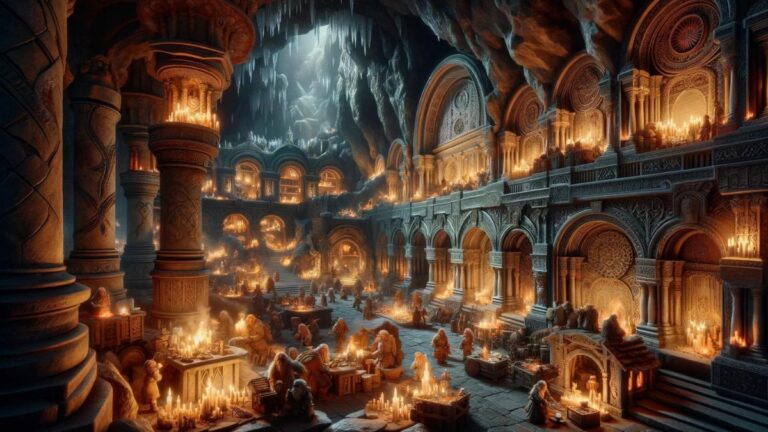Kinich Ahau: Illuminating the Maya Sun God
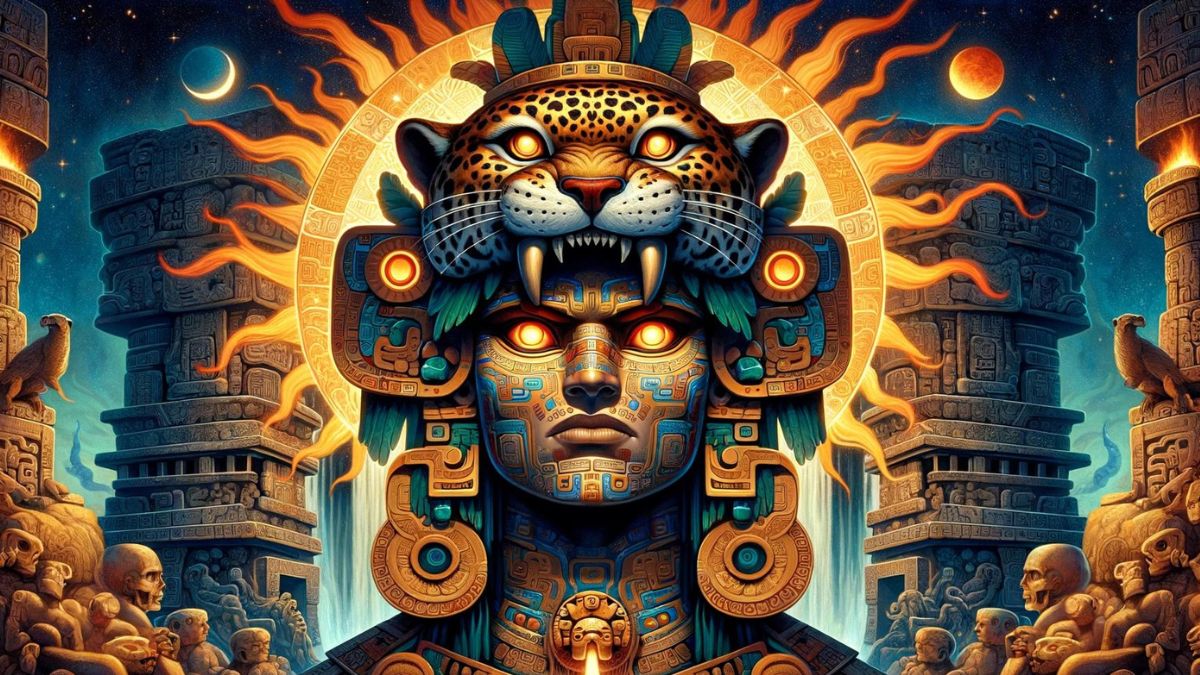
Kinich Ahau, the Maya Sun God, holds a special place in the hearts of those who are fascinated by ancient cultures. He was more than just a deity to the Maya; he was a daily presence, guiding and influencing their lives from sunrise to sunset. This article shines a light on Kinich Ahau, offering a peek into his role and significance in the Maya civilization, which was as bright and powerful as the sun he embodied.
Who Was Kinich Ahau?
Kinich Ahau was not just any god in the Maya pantheon; he was the sun god, embodying the powerful and life-giving force of the sun. His name itself, often interpreted as ‘Face of the Sun’, reflects his deep connection with this celestial body. The Maya saw him as a key figure in their daily lives and cosmic beliefs, responsible for bringing the dawn and guiding the sun across the sky.
The importance of Kinich Ahau can’t be overstated. He was central to the Maya’s understanding of time and the universe. His cycle, from sunrise to sunset, was mirrored in the Maya’s intricate calendars, which were crucial for their agriculture, ceremonies, and predictions. This daily journey of Kinich Ahau was a reminder of the cycles of life and the ever-present nature of renewal and rebirth.
Kinich Ahau also held a place in the stories and myths that wove the fabric of Maya culture. He was often depicted as a mighty ruler, sometimes even associated with other gods to emphasize his significance. His imagery and attributes, from the jaguar’s prowess to the radiant sun disk, symbolized his dual nature as both a nurturing and a fierce deity. This duality reflected the sun’s essential role in both sustaining life and marking the passage of time.
The Sun’s Journey: Kinich Ahau in Maya Daily Life
The daily arc of the sun was more than just a natural phenomenon for the Maya; it was a sacred journey guided by Kinich Ahau. From the moment the sun peeked over the horizon, it was believed that Kinich Ahau was reborn, bringing light, warmth, and life to the world. This daily event was cause for reverence and celebration, deeply integrated into Maya routines and rituals.
Agriculture was the heartbeat of Maya civilization, and Kinich Ahau played a pivotal role in it. The Maya planned their planting and harvesting around the solar calendar, keenly aware of the sun’s positions throughout the year. They believed that Kinich Ahau’s favor was essential for good crops, and they performed rituals and offerings to earn his blessings. This relationship with the sun god underpinned the Maya’s successful and sophisticated farming practices.
The end of the day, as the sun dipped below the horizon, was equally significant. It marked the time when Kinich Ahau would journey through the underworld, facing challenges and adversaries, only to be reborn with the next dawn. This cycle of death and rebirth was a powerful symbol in Maya thought, representing resilience, hope, and the eternal nature of life.
Symbols and Representations: Understanding Kinich Ahau’s Iconography
Kinich Ahau’s imagery is rich with symbols that reveal a lot about how the Maya viewed this deity. He is often shown with a k’in symbol—a representation of the sun and day—in his headdress, signifying his identity as the sun god. His face is sometimes depicted as that of a jaguar, one of the most revered animals in Maya culture, which symbolized strength, power, and the ability to traverse the night, reflecting the sun’s nightly journey through the underworld.
Another common feature in depictions of Kinich Ahau is the square eye, which is believed to represent the intense and penetrating gaze of the sun. This feature, along with the flaming eyebrows, underscores the fiery and potent nature of the sun god. These artistic representations were not just literal; they were imbued with deep meanings, connecting the god’s celestial role with his earthly significance.
Artifacts and structures bearing Kinich Ahau’s likeness have been found across Maya sites, from stelae to temple murals. These were not mere decorations; they were a testament to his omnipresence in Maya life and spirituality. The careful and intricate portrayal of Kinich Ahau in these works speaks to the reverence the Maya had for him, and the desire to keep this powerful deity close in their daily lives and in their connection with the divine.
Tales of Light: Myths Surrounding Kinich Ahau
The myths surrounding Kinich Ahau are as illuminating as the sun itself, offering insights into Maya values, fears, and aspirations. One popular tale tells of Kinich Ahau’s nightly journey through the underworld, a perilous trek that ensured the sun’s return each morning. This story highlighted themes of resilience, courage, and the triumph of light over darkness, resonating deeply with the Maya’s understanding of the world’s cyclical nature.
Another myth involves Kinich Ahau’s role in the creation of the world and humanity. According to some versions, he was one of the gods who took part in the creation of humans from maize. This not only underscores his importance in the pantheon but also ties him directly to the Maya’s most vital crop, reinforcing the connection between the divine, the cosmos, and daily life.
Kinich Ahau was also believed to be a protector of sorts, shielding the Maya from the dangers of the night and the unknown. His presence was a comforting constant in a world where the forces of nature were both revered and feared. These tales, passed down through generations, kept the sun god alive in the hearts and minds of the Maya people, ensuring his worship and veneration continued.
Kinich Ahau’s Legacy: Influence on Maya Culture and Beyond
The legacy of Kinich Ahau in Maya culture is profound and enduring. His influence extended beyond the spiritual realm, shaping social structures, scientific achievements, and artistic expressions. The Maya’s advanced knowledge of astronomy and their sophisticated calendars were in part a tribute to their observation of Kinich Ahau’s path across the sky, a testament to the deep connection they felt with the cosmos.
Kinich Ahau’s impact is also evident in the rich artistic heritage of the Maya. From monumental architecture to intricate jewelry, representations of the sun god served as a reminder of his power and protection. These works of art are not just historical relics; they are a window into the soul of the Maya civilization, reflecting their beliefs, their reverence for the natural world, and their artistic prowess.
Today, the stories and symbols of Kinich Ahau continue to captivate those interested in ancient cultures. His legacy lives on in the ongoing study and appreciation of Maya history and heritage. For modern descendants of the Maya, Kinich Ahau remains a symbol of endurance, a link to their ancestors, and a reminder of the timeless dance between earth and sky.

